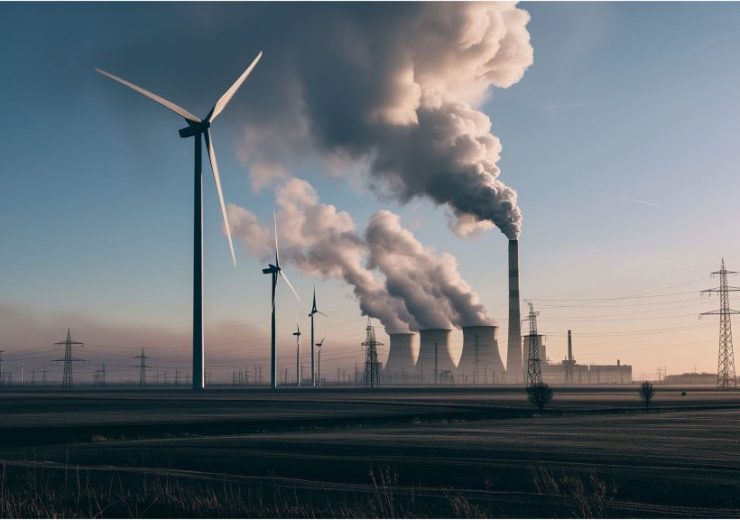Harnessing Machine Learning: A Key Player in Combatting Climate Change


In the battle against climate change, innovation is our greatest weapon. With the advent of machine learning (ML), we’ve unlocked a powerful tool that is reshaping how we approach environmental challenges. From predicting extreme weather events to optimizing renewable energy sources, ML is at the forefront of our efforts to mitigate and adapt to the impacts of a changing climate.
Predicting Extreme Weather Events
One of the most pressing consequences of climate change is the increase in frequency and intensity of extreme weather events. Floods, hurricanes, heatwaves, and wildfires are becoming more frequent and severe, posing significant threats to communities worldwide. However, ML algorithms are proving to be invaluable in predicting these events with greater accuracy and lead time.
By analyzing vast amounts of historical weather data alongside real-time observations, ML models can identify patterns and signals indicative of impending extreme weather events. These predictive capabilities enable early warning systems to alert communities, governments, and emergency responders, allowing for better preparedness and response efforts. Moreover, by understanding the factors driving these events, ML can help us develop more effective strategies for climate resilience and adaptation.
Optimizing Renewable Energy
Transitioning to renewable energy sources is essential for reducing greenhouse gas emissions and mitigating climate change. However, the intermittent nature of renewable energy generation, such as solar and wind power, presents challenges for grid stability and energy management. This is where ML comes into play.
ML algorithms can analyze vast amounts of data, including weather patterns, energy demand, and generation capacity, to optimize the integration of renewable energy into the grid. By forecasting renewable energy generation and demand fluctuations, ML enables utilities to balance supply and demand more efficiently, reducing reliance on fossil fuels and minimizing emissions. Additionally, ML-driven predictive maintenance techniques can improve the reliability and performance of renewable energy infrastructure, maximizing its lifespan and sustainability.
Enhancing Climate Modeling and Policy Development
Understanding the complex interactions within Earth’s climate system is crucial for developing effective climate policies and strategies. ML techniques are revolutionizing climate modeling by enhancing our ability to simulate and predict the impacts of climate change with unprecedented detail and accuracy.
By leveraging ML algorithms to analyze vast climate datasets, scientists can gain insights into climate processes, feedback mechanisms, and potential tipping points. This knowledge enables policymakers to make informed decisions about mitigation and adaptation measures, guiding investments in infrastructure, land-use planning, and disaster risk reduction. Moreover, ML facilitates scenario analysis and decision-making under uncertainty, empowering stakeholders to explore different policy options and their potential outcomes.
Conclusion
Machine learning is not just a buzzword; it’s a game-changer in the fight against climate change. By harnessing the power of data and algorithms, ML enables us to predict, mitigate, and adapt to the impacts of a changing climate with unprecedented precision and efficiency. From predicting extreme weather events to optimizing renewable energy systems and enhancing climate modeling, ML is revolutionizing our approach to combating climate change.
As we continue to innovate and advance ML technologies, it’s crucial to ensure that these tools are accessible and equitable, benefiting communities worldwide. By leveraging ML for climate action, we can build a more sustainable and resilient future for generations to come.
#MLClimateAction #TechForEarth



